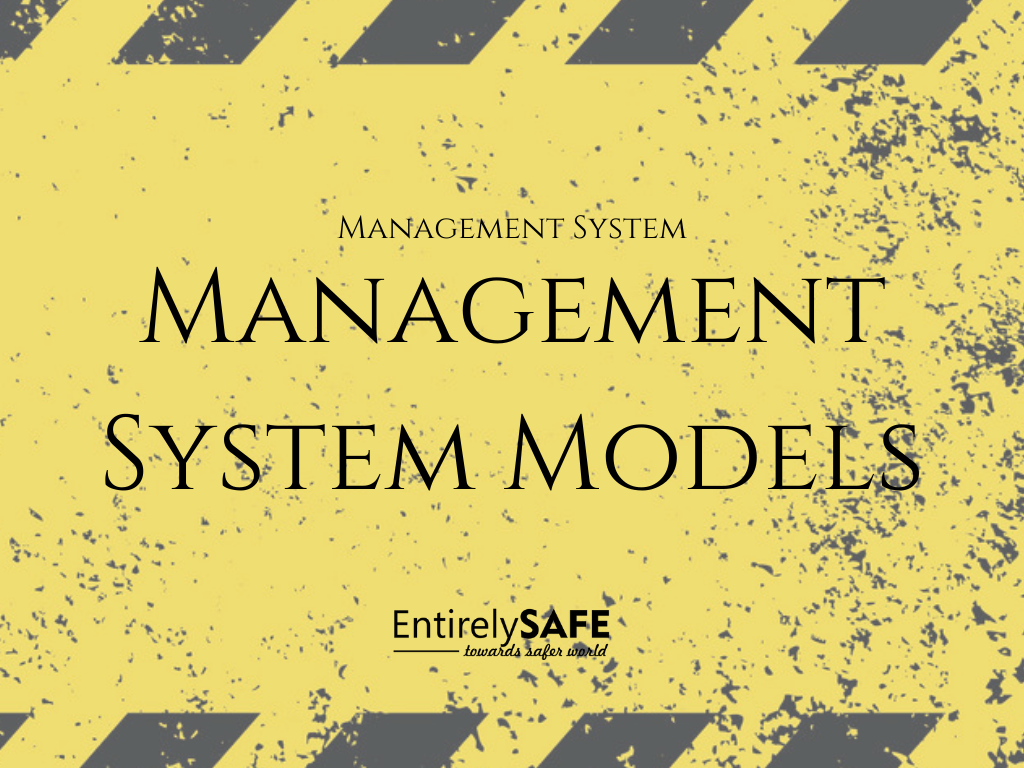Health and Safety Management Models

Summary
All management systems, whether they are designed to manage health and safety or any other function, have the same common elements:
- Plan – implies having a considered policy.
- Do – concerns the arrangements for putting the plan into practice.
- Check – means it is necessary to assess or monitor performance.
- Act – means performance should be reviewed leading to continuous improvement in the management system.
Notice how each of these elements is described in the models we look at.
Health and Safety Management Models
Most organizations have management systems for one or more aspects of management. In relation to safety, two good sources of advice are ISO 45001:2018 Occupational health and safety management systems – Requirements with guidance for use and the UK’s Health and Safety Executive’s publication HSG65 Managing for Health and Safety (2013). A characteristic of these management models is that they view the organisation as a system with inputs, internal processes, and outputs.
The general principles of the guidance are illustrated in the figure:

Application of the PDCA Cycle
The Plan, Do, Check, Act cycle achieves a balance between the systems and behavioral aspects of management and treats health and safety as an integral part of good management rather than as a stand-alone system.
The cycle starts with a planning process to control risks which are implemented through risk assessment, checked by measuring performance and reviewed so that action is taken to improve.
Plan
- Status review of where you are now and where you need to be.
- Policy and planning to establish:
- What you want to achieve.
- Who will be responsible for what?
- How to achieve your aims.
- How to measure your success.
- Establish how to measure performance (leading as well as lagging indicators).
Do
- Identify your risk profile:
- Assess your risks.
- Identify what could cause harm in your workplace.
- Establish who it could harm and how.
- Decide what to do to manage the risk.
- Decide what the priorities are and identify the biggest risks.
- Organize your activities to deliver your plan:
- Involve workers and communicate.
- Provide adequate resources, including competent advice.
- Implement your plan:
- Decide on the preventive and protective measures you need and put them in place.
- Provide the right tools and equipment to do the job and keep them maintained.
- Train and instruct, to ensure everyone is competent to carry out their work.
- Supervise to make sure that arrangements are followed.
Check
- Measure your performance:
- Assess how well your risks are being controlled.
- Investigate the causes of accidents, incidents or near misses.
Act
- Review your performance:
- Learn from accidents and incidents, ill-health data, errors, and relevant experience including from other organizations.
- Re-visit plans, policy documents, and risk assessments to see if they need updating.
- Take action on lessons learned, including from audit and inspection reports.

